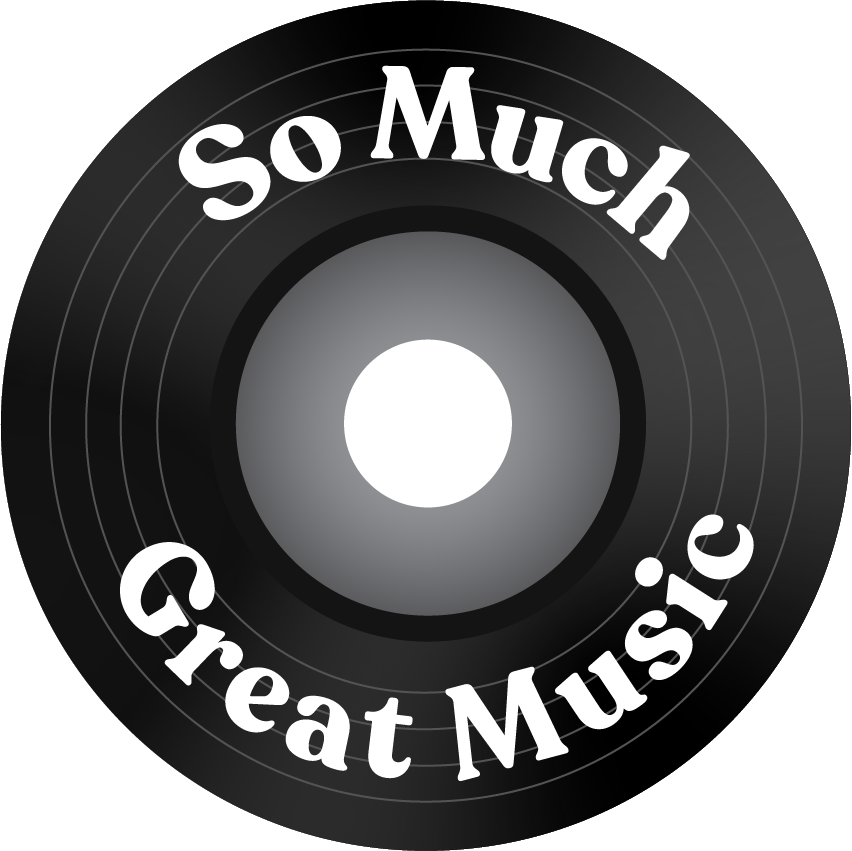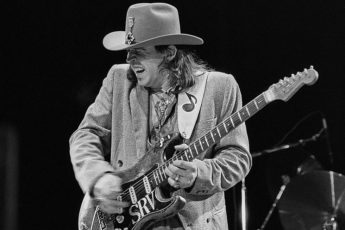
I guess it shouldn’t be all that surprising to learn that roaring ‘20’s bluesman Blind Willie McTell was, in fact, blind (though in retrospect that moniker does seem somewhat cruel). He wrote and recorded ‘Statesboro Blues’ in 1927, a song that the Allman Brothers Band would go on to make rather famous in 1971 on their seminal “At Fillmore East” album, and Bob Dylan paid tribute to him in his 1983 song entitled, what else, ‘Blind Willie McTell,’ the refrain of which is “I know no one can sing the blues like Blind Willie McTell.” High praise, indeed, from The Voice of a Generation, but unfortunately McTell existed well before my generation; I couldn’t exactly see him in concert. I did once, however, get a chance to witness another blind guitarist play live, this one an utterly mesmerizing dynamo named Jeff Healey, and it was absolutely one of the most unforgettable performances I’ve witnessed in my life.
I’m naturally intrigued – and instantly impressed – by anyone who can play a musical instrument. Having the ability to do so without the benefit of sight completely blows my mind. Maybe due to the ubiquity of true geniuses Ray Charles and Stevie Wonder, the idea of being able to play the piano without seeing somehow seems almost, well, acceptable. But by God, the guitar?! Inconceivable. Nevertheless, in the case of the aforementioned Jeff Healey, focusing on his lack of vision almost entirely misses the point: Healey is one of the ten greatest guitarists I’ve ever heard or seen. Hard stop. No qualifier.
Born in Toronto, Ontario, Healey lost his sight to retinoblastoma, a rare cancer of the eyes, before he was a year old. When he received his first guitar, at the age of just three, he was shown how to play it the usual way but found it felt more comfortable in another, thus stumbling onto a completely unique style and technique: playing the instrument flat on his lap. With his left hand completely over the fret board, he developed the flexibility of fretting with all five fingers, and the power of pulling notes with the strength of his whole hand. The result was an explosive sound, what Guitar Player magazine would describe as “astoundingly fluid bends and vibrato,” and a distinctive dynamism not heard before or since. Fast forward to famed Toronto blues club Albert’s Hall in 1985 where a then 19-year-old Healey – already renowned in Canada – was discovered by none other than Stevie Ray Vaughan. Some years later, Vaughan, the man I’d consider my favorite guitarist of all time, proclaimed Healey as the best guitar player in the world. That’s good enough for me.
Most of the rest of us first encountered Healey with the release of his debut album, 1988’s “See The Light.” Produced by the legendary Jimmy Iovine, and containing both Healey originals and some dazzling covers of blues chestnuts – ZZ Top’s ‘Blue Jean Blues’ and possibly the greatest blues instrumental ever, Freddie King’s ‘Hideaway,’ among them – the record manifestly exhibited Healey’s breathtaking guitar virtuosity as well as his rich, soulful baritone voice. Frankly, it was both stunning and flawless, and I played it endlessly. For the next two decades he put out numerous other exceptional albums, enjoyed mainstream success in the MTV-era with popular hits like ‘Angel Eyes,’ ‘Confidence Man,’ ‘How Long Can A Man Be Strong,’ and ‘I Think I Love You Too Much’ (a collaboration with Mark Knopfler),¹ and even took an impressive turn at the Double Deuce in the celebrated Patrick Swayze B-movie “Road House.”
My path didn’t cross with him in person, however, until 2004 at B.B. King’s music club in New York City’s Times Square.² With first-come, first-served “cabaret” seating, I arrived extra early – all of my wife, son and father in tow – and we were seated at the center-most table, first row, at the very foot of the stage. Healey’s chair would be no more than three feet away, directly in front of me. I must say it was kind of an odd experience seeing someone from that close who couldn’t see me back. It felt, at times, almost voyeuristic. But again, focusing on that would be entirely misplaced. His playing, judged completely on its own, was simply spellbinding, so vibrant and extemporaneous as to become almost emotional to encounter. Though cursed without sight, Jeff Healey was given a blessing, and I, in turn, felt blessed to have witnessed it. The featured clip below should give you an idea of what I mean. Following an introduction by sax maestro David Sanborn, it’s Healey, along with guests Dr. John on keyboards and the insane rhythm section of Marcus Miller and Omar Hakim on bass and drums, tearing up the stage of the short-lived NBC show “Night Music” while playing the title track to his aforementioned first album. It’s actually kind of hard to explain; I really hope you’ll watch it. One thing it would seem to ably prove, though, is that you don’t need to be able to see in order to See The Light.
¹Healey’s definitive cover of ‘While My Guitar Gently Weeps’ from his 1990 follow-up “Hell To Pay” also featured the tune’s writer, George Harrison, on backing guitar and vocals.
²Tragically, he would be dead just four years later, at the age of 41, from a cancer unrelated to that of his infancy.
“The name is Dalton”

Two of the greatest ever






Leave a Comment